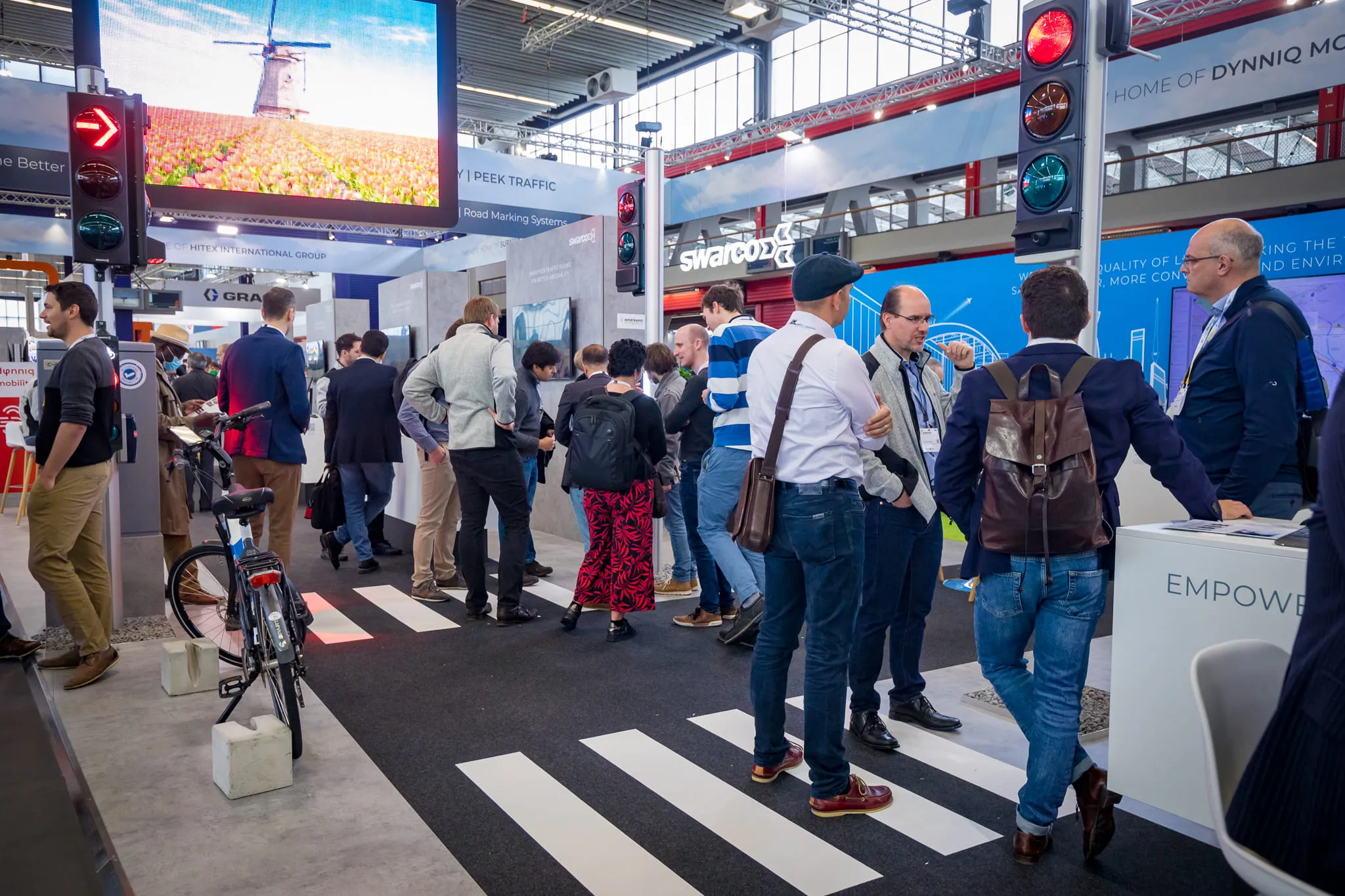
French company
The Eco-Counter is a wide-range counter capable of automatically counting and differentiating pedestrians, cyclists and vehicles simultaneously. The company says the technology used is the result of five years of R&D, in partnership with a top European Research Lab (CEA), and 15+ years of industry-leading expertise. It is protected by six international patents.
Eco-Counter’s patented Zelt inductive loop technology has been continually improved and precisely analyses the electromagnetic signature of each bicycle wheel, with 13 differentiation criteria. The company says its algorithm provides extreme precision in any configuration: in mixed traffic as well as on high bike traffic. Installed, the loops are invisible and can detect cyclists coming from both directions.
Meanwhile, the Eco-Display Compact, which the company says is a mobile and elegant real time bike counter, is offered in three versions for more flexibility. Two versions highlight safety with a flashing icon triggered whenever a cyclist is in a nearby bike lane, alerting drivers of their presence.










